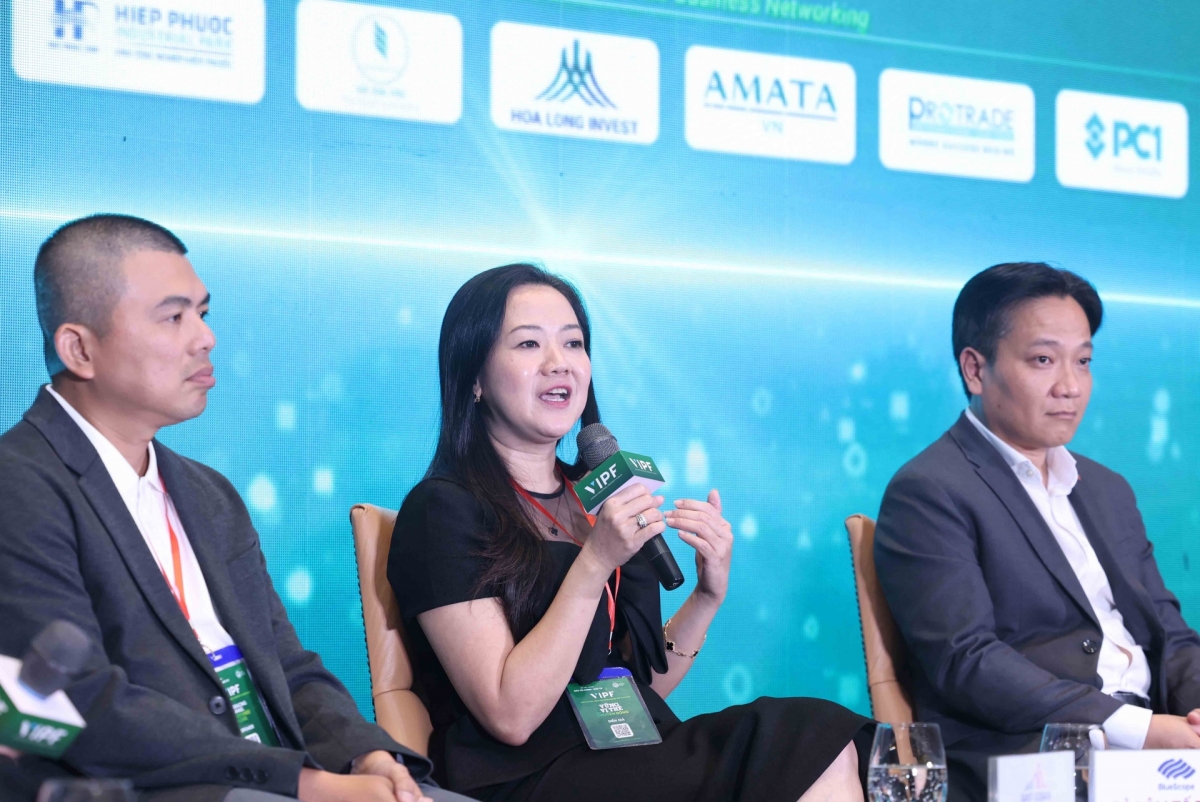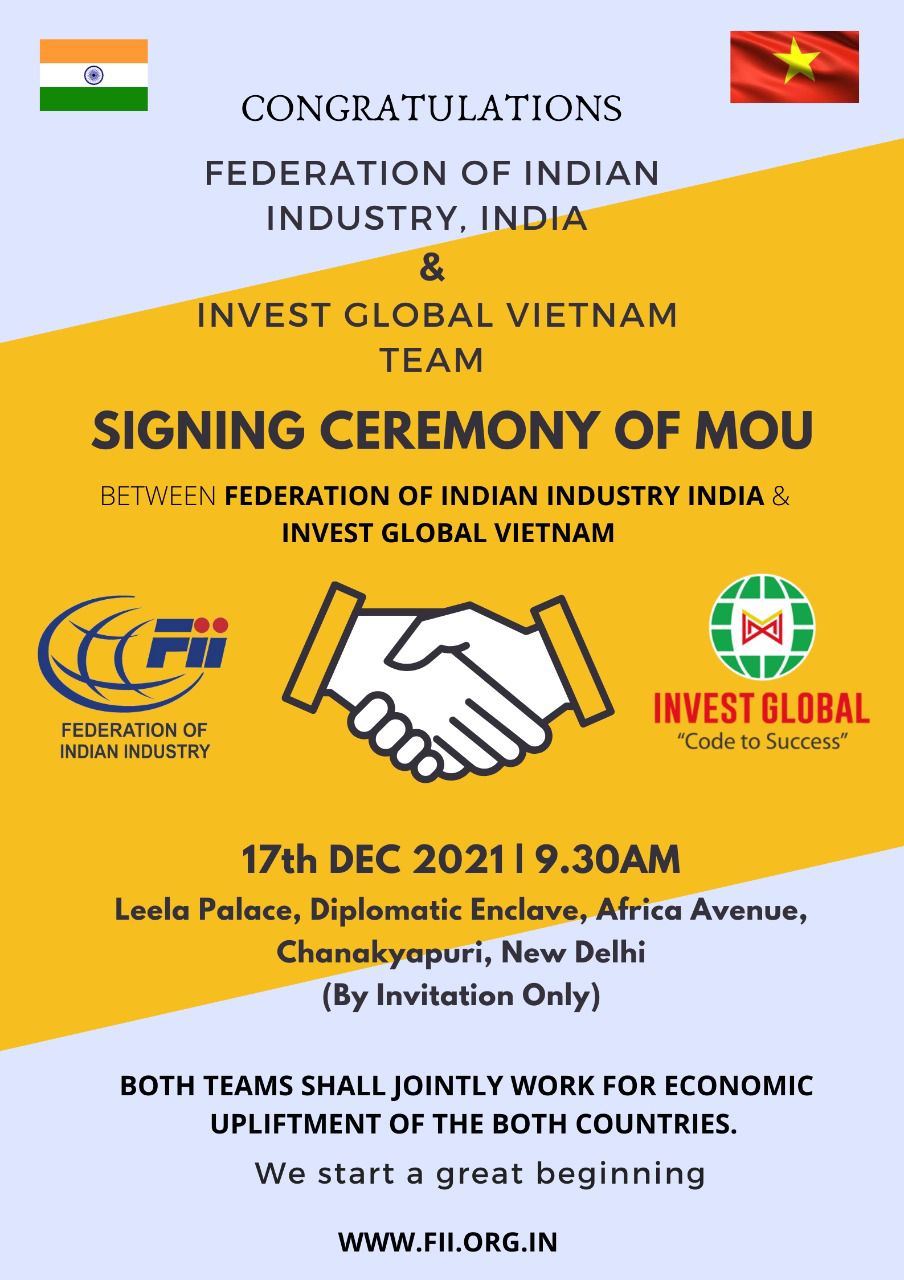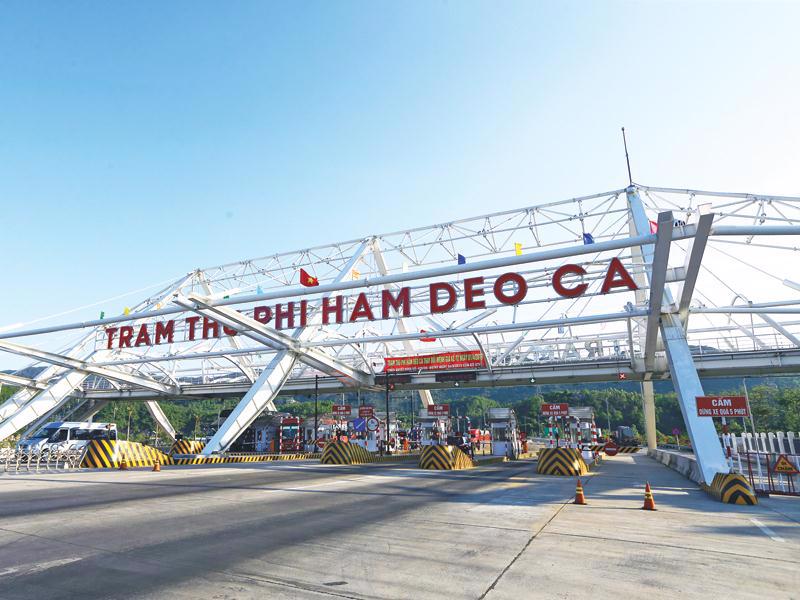INTERNATIONAL INVESTMENT
AND PORTAL
 John Low, managing partner of Roland Berger Southeast Asia
John Low, managing partner of Roland Berger Southeast Asia
What are Vietnam’s key ambitions in advancing deeper into the global value chain of high-tech industries?
Vietnam aims to move up the global value chain by becoming a regional hub for high-tech industries such as semiconductors, electric vehicles (EVs), and smart electronics. The country’s strategy focuses on expanding beyond assembly towards full value-chain participation, from chip design and testing to EV production and digital research and development (R&D).
In the near term, we expect Vietnam to deepen its role in semiconductor back-end operations, design services, and EV component production, where investor interest and infrastructure readiness are advancing.
However, moving higher up the ladder into advanced fabrication, R&D, and technology will require overcoming persistent challenges, including power reliability, logistics capacity, and talent shortages.
What conditions must Vietnam meet to move up the ladder towards higher value-added segments such as design, research and development (R&D)?
Firstly, the country needs to develop a highly skilled technical workforce through revamped university curricula, industry-led training, and international partnerships, particularly in areas such as semiconductor design, automation, materials science, and software engineering. Building strong industry-academia linkages will ensure graduates are ready for real industrial challenges.
Secondly, Vietnam must create a robust innovation ecosystem, including R&D zones, tax incentives for research activities, and venture funding for technology startups. This should go hand in hand with stronger intellectual property protection and a regulatory environment that encourages experimentation and collaboration.
Thirdly, domestic supplier development is crucial. Supporting small- and medium-sized enterprises to achieve international standards and integrate into global supply chains will help anchor high-tech investment more deeply within the local economy.
Finally, stable infrastructure and policy consistency, especially in power reliability, data governance, and trade facilitation, will be essential for Vietnam to attract and retain advanced manufacturing and design operations.
How can Vietnam ensure that foreign investment translates into genuine industrial upgrading rather than simple assembly expansion?
Foreign investors, especially major technology corporations, are drawn to Vietnam for its strategic location, cost competitiveness, and growing role in the China+1 supply chain shift. Their main expectations include policy stability, reliable infrastructure, skilled labour, efficient logistics, and stronger local supplier networks to support higher-value operations.
To ensure that these inflows lead to industrial upgrading rather than simple assembly expansion, Vietnam must link investment incentives to technology transfer, local sourcing, and R&D collaboration.
Encouraging joint ventures, supplier development programmes, and co-training initiatives between multinationals and local firms can accelerate capability building. Over time, this approach, similar to Malaysia’s electronics cluster and Thailand’s automotive ecosystem, can transform Vietnam from an assembly base into a regional innovation hub.
Where do Vietnamese enterprises currently stand in the global supply chain, and how can they participate more deeply in component production, materials, and supporting industries?
Vietnamese enterprises currently occupy the lower and middle tiers of the global supply chain, focusing largely on assembly, packaging, and basic manufacturing for foreign firms in electronics, textiles, and machinery. While this position has created jobs and export growth, domestic value capture remains limited, as most high-tech components and materials are still imported.
To participate more deeply, local firms must upgrade technology, improve quality control, and obtain international certifications that meet global supplier standards. Strengthening links with multinational corporations through supplier development programmes, co-investment in R&D, and joint ventures can help transfer technical know-how and raise competitiveness.
At the policy level, the government can support this shift by providing targeted incentives for local content, financing for industrial upgrading, and cluster-based innovation zones that bring together manufacturers, research institutions, and training centres. With sustained focus on technology adoption, capability building, and integration into global production networks, Vietnamese enterprises can gradually move from peripheral suppliers to core players in component and materials production.
A high-quality workforce is seen as a decisive factor for success in high-tech sectors. What steps should Vietnam take to narrow the talent gap with other advanced hubs in the region?
Vietnam must make human capital development the cornerstone of its high-tech strategy. This begins with modernising technical and vocational education, aligning curricula with industry needs in semiconductors, automation, and digital engineering. Partnerships between universities, research institutes, and global tech firms can help deliver hands-on, industry-driven training.
At the same time, Vietnam should draw in overseas Vietnamese professionals and international experts through competitive incentives, career opportunities, and collaboration in joint research centres. Encouraging multinational-led training academies and internship programmes will accelerate knowledge transfer and practical skill building.
Finally, improving wages, career progression, and working environments will be vital to retain top local talent. With sustained investment in education, skills, and innovation culture, Vietnam can steadily close the talent gap with advanced hubs such as Taiwan, South Korea, and Singapore, and secure a stronger foothold in the global high-tech value chain.
With the China+1 strategy driving global supply chain relocation, what are Vietnam’s biggest pros and cons to become a leading destination for high-tech manufacturing?
The China+1 strategy offers Vietnam a major opening to attract investment in semiconductors, electronics, and EVs, as global manufacturers diversify their supply chains. Vietnam’s strengths, strategic location, trade agreements, competitive costs, and political stability, make it one of Asia’s most attractive destinations for high-tech production. This has already drawn major players such as Samsung, Foxconn, and Intel to expand their operations.
Nevertheless, to become a true high-tech manufacturing hub, Vietnam must address several structural challenges. These include infrastructure obstructions, energy and logistics constraints, and shortages of skilled engineers needed for complex production. In addition, policy consistency, environmental standards, and stronger local supply networks are critical to sustaining investor confidence.
If Vietnam can tackle these weaknesses while continuing to upgrade its talent base and innovation capacity, it stands a strong chance of evolving from an assembly hub into a regional centre for advanced manufacturing and R&D within the next decade.
How should Vietnam strike a balance between attracting overseas funding and building domestic capabilities?
Vietnam can achieve this by promoting deeper collaboration between multinational corporations and local enterprises.
This can take the form of joint R&D centres, supplier development programmes, co-funded training academies, and innovation clusters, models that have proven successful in other Asian economies.
For example, Malaysia’s Penang electronics cluster evolved through decades of collaboration between global firms like Intel and small local businesses, supported by government-led supplier upgrading programmes. Thailand’s automotive industry advanced from simple assembly to regional component leadership through structured joint ventures and localisation mandates.
Similarly, Taiwan’s semiconductor ecosystem demonstrates how long-term partnerships between the state, academia, and private sector can build global competitiveness.
Vietnam can learn from these models by linking investment incentives to local participation, supporting technology transfer and co-development projects, and helping domestic firms achieve international certification and R&D capabilities.



















